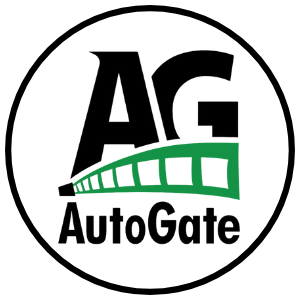The U.S. Consumer Product Safety Commission (CPSC) is alerting consumers to a tougher safety standard that should prevent children from becoming entrapped in automatic security gates. These sliding or swinging gates are typically found at the entrances of residences, apartment buildings, condominiums, parking lots and garages, and commercial establishments.
Since 1985, CPSC has learned of 32 deaths related to automatic gates, including 20 deaths to children. From 1990 to 2000, CPSC has estimated that nearly 25,000 people have been involved in automatic gate-related injuries, including 9,000 children under 15 years old. Each year over 2,000 people, including 800 children, are treated in hospital emergency rooms for injuries to the head, neck, arm, or hand.
Children and adults can be severely injured or killed if they become entrapped in the gates as they are automatically opened or closed. The injuries also include cuts, broken bones, hematomas, and amputations. Many older gates do not have sensing devices or reversing mechanisms to prevent these entrapments.
“If your apartment or condominium complex has an older gate, contact a manager or your homeowners’ association and have it replaced with a safer automatic gate that meets the new standard. It could save a life,” said CPSC Chairman Ann Brown.
“In educating the public about the danger these gates can present, it is my hope that other families will not suffer, like my family and nephew have,” said Michelle Talbert, aunt of 8-year-old Marlow Santos, of Gardena, Calif., who died after he became entrapped in a sliding gate.
CPSC worked with Underwriters Laboratories (UL) to develop the tougher safety standard that requires automatic gates to have at least two mechanisms to prevent entrapment. These provisions are similar to the standards in effect for automatic garage doors. The standard, which UL adopted in March 2000, requires a sensing device that will reverse the gate if it encounters an obstruction when opening or closing; and a secondary sensing mechanism, such as an electric eye or an edge sensor that will reverse the gate if an obstruction is detected.
Read more: New Safety Standard for Automatic Security Gates Helps Prevent Deaths and Injuries to Children
